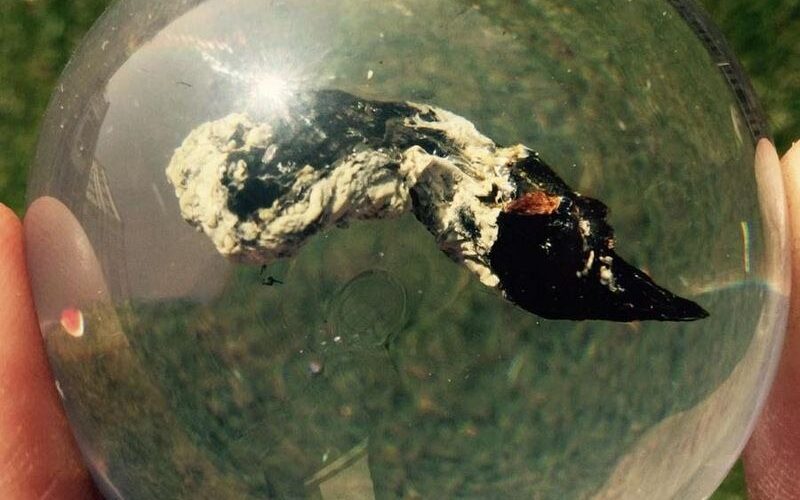The first National Poo Museum in the UK
The National Poo Museum is a museum that only collects, preserves, and displays human waste. On March 25, 2016, it opened on the Isle of Wight in southern England. The museum offers an exhibition of twenty species of excrement, encapsulated and presented in lit resin spheres. It is precisely located at Sandown Barrack Battery.




According to this article, the museum was developed by the local artist collective Eccleston George and inventor and social entrepreneur Daniel Roberts.
The institution’s collection is small but instructive, with feces specimens from 18 species encapsulated in glass globes that light up when visitors press a button. Each sample is desiccated to prepare them for display, a process that, for particularly prodigious poos, can take up to several weeks.
There are samples from an owl, meerkat, cow, lion, and fox, among other animals, in addition to human feces. It is estimated that the oldest piece of poop on display is 38 million years old.
The South Coast of England’s museum, which is two hours from London aims to educate visitors about what animal and human feces can tell us about health. The institution also has exhibits on the operation of our sewer systems and on the use of excrement as a substitute for fossil fuels.
It undoubtedly adopts a much more educational stance than the Viktor Wynd Museum of Curiosities, Fine Art & Natural History in London, the other “pooseum” in the UK, which is renowned for its assortment of sniffable celebrity samples, among other oddities.
However, Italy’s Museo della Merda, which explores the history of human and animal waste, debuted almost exactly a year prior to the opening of the National Poo Museum. In addition, we can’t leave out the high-tech toilet museum opened in Japan.
Modern and contemporary artists have also been known to embrace the turd. One illustration is Piero Manzoni‘s 1961 piece Artist’s Shit, which is held in the collection of the Tate. More recently, Chris Ofili is known for his glittery, elephant-dung-encrusted canvases, and Wim Delvoye created a machine that digests food much like the human body, literally pooping several times a day at the Museum of Old and New Art in Tasmania. There were even two dueling, poo-bedazzling artists in Brooklyn (on a less formal level).



The National Poo Museum debuted at the Isle of Wight Zoo in the appropriately named “Poo at the Zoo” exhibition. According to a description on the zoo’s website, poop is “stinky, unpleasant, and sometimes dangerous stuff”, but “this exhibition is not to be sniffed at and will aim to change the way people think and feel about poo”.
